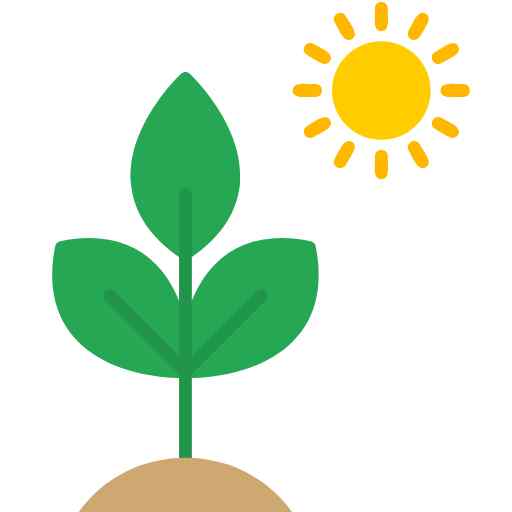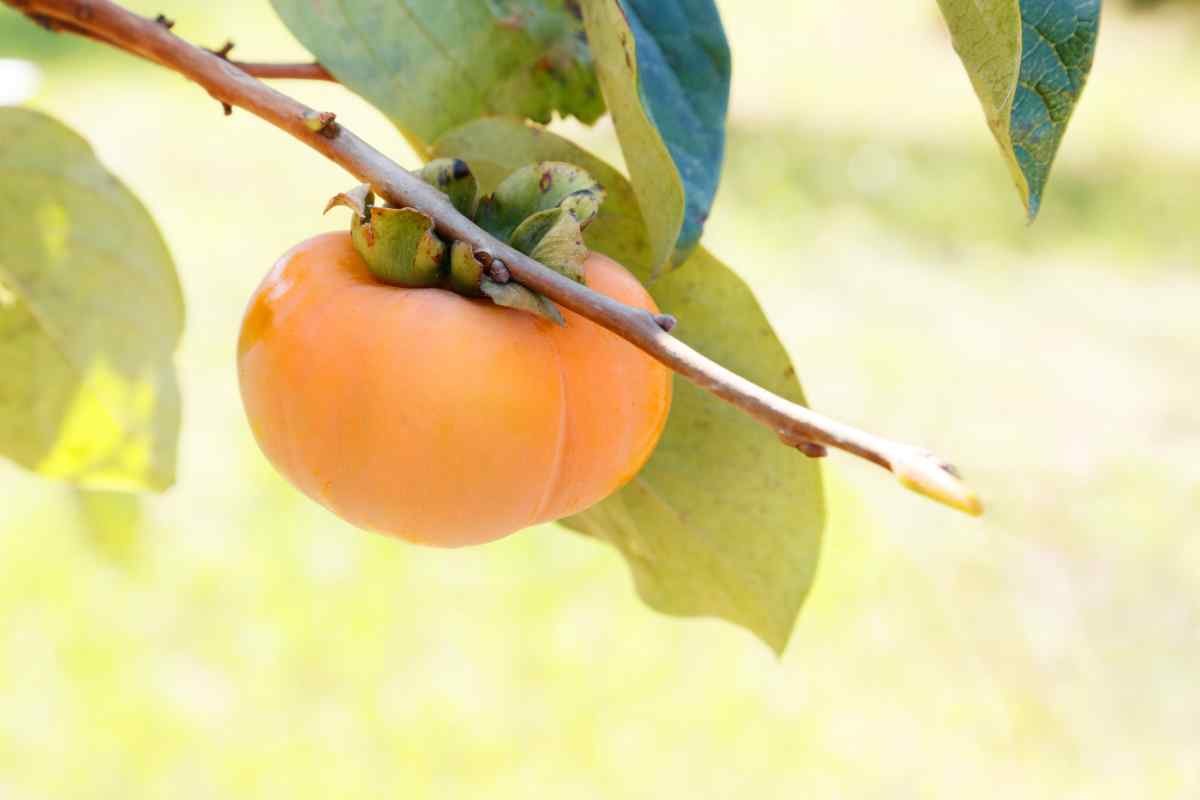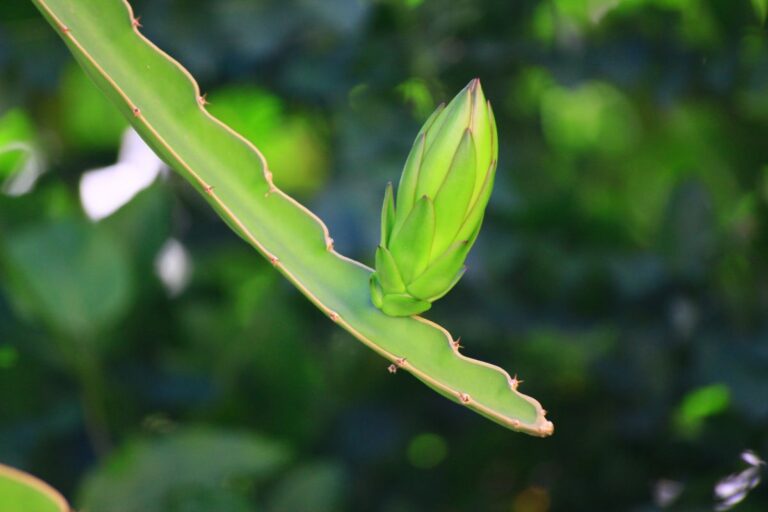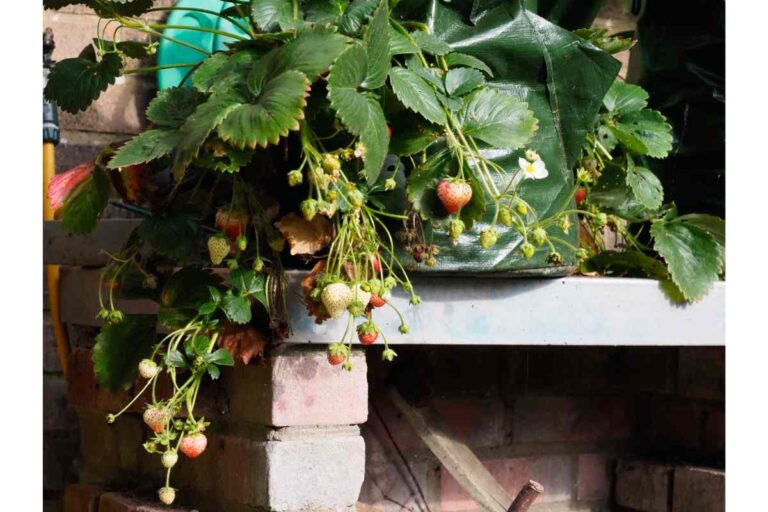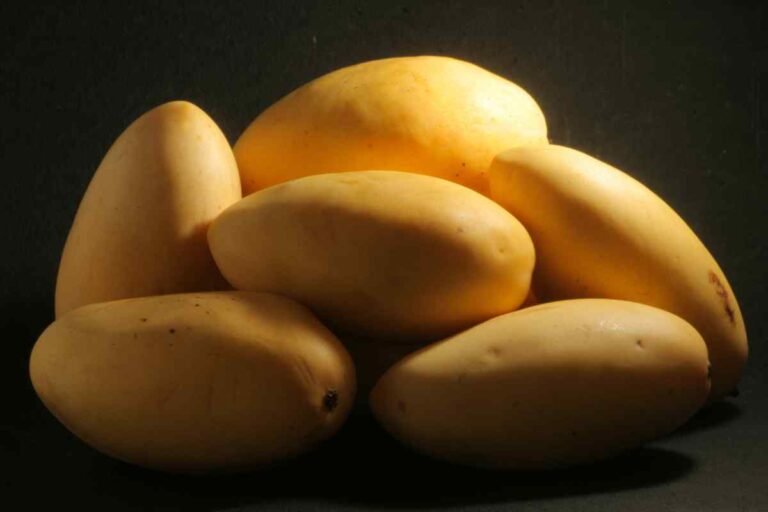How to Grow Persimmon from Seed?
Persimmon trees are a delightful addition to any garden, producing vibrant, orange fruits that are as visually appealing as they are delicious. Known for their sweet, honey-like flavor, persimmons (persimmon) are a treasure of the autumn season. But did you know that you can grow persimmon from seed? Indeed, persimmons with seeds can be the start of a fruitful journey in your gardening pursuits.
Why Grow Persimmons from Seed?
Growing persimmons from seed may seem like a daunting task, but it can be quite rewarding. Not only does it allow you to witness the lifecycle of a tree from its very beginning, but it can also provide a deeper connection with the food we eat. Plus, if you love a challenge, the process of germinating persimmon seeds and watching them sprout into a tree can be quite satisfying.
Understanding Persimmon Seeds
Before you embark on your mission to grow persimmon from seed, it’s crucial to understand what persimmon seeds are. Persimmon seeds are the small, hard seeds found inside the fruit. They vary in shape and size, but most are oval and brown. These seeds are encased in a protective shell, which needs to be cracked open before germination can take place.
Steps to Grow Persimmon from Seed
Step 1: Collecting and Preparing the Seeds
To start growing persimmon trees from seed, you first need to acquire the seeds. You can do this by eating a ripe persimmon fruit and keeping the seeds, or you could also buy them from a nursery or online. Once you have the seeds, rinse them under warm water to remove any remaining fruit flesh.
Step 2: Stratification Process
Persimmon seeds require a process called stratification to germinate. This involves mimicking winter conditions to break the seed’s dormancy. To do this, wrap your cleaned persimmon seeds in a damp paper towel, place them inside a sealed plastic bag, and store them in the refrigerator for about 3 months.
Step 3: Germinating the Seeds
Once the cold stratification period is over, it’s time to germinate the seeds. Plant your persimmon seeds in a pot filled with a well-draining potting mix, about 1 inch deep. Keep the soil moist, but not waterlogged. Place the pot in a warm, sunny location, and with patience, you should see the persimmon seed sprout.
Step 4: Caring for Your Persimmon Seedling
Once you see the first set of leaves, congratulations! You now have a persimmon seedling. At this stage, the young plant needs plenty of sunlight, regular watering, and good soil to grow into a strong persimmon tree.
Propagating Persimmon Trees
As your persimmon seedling grows into a tree, you might be interested in propagating more persimmon trees. Propagating persimmons can be done through grafting, which is a horticultural technique that connects the tissues of two plants so they continue their growth together. This is often used to combine the desirable characteristics of two different plants, such as the disease resistance of one plant with the fruit quality of another.
Troubleshooting Common Issues
While it’s an exciting journey to grow persimmon from seed, you may encounter a few common issues. For example, persimmon seeds may not germinate if they’re not properly stratified, or if they’re planted in soil that’s either too dry or too waterlogged. On the other hand, young persimmon seedlings can suffer from diseases or pests if they’re not properly cared for. It’s important to monitor your plants regularly and take action at the first sign of trouble.
Health Benefits of Persimmon
Absolutely, persimmons are not just delicious, they are packed with numerous health benefits as well. Here are some of the key health benefits:
Rich in Nutrients
Persimmons are rich in vitamins A, C, and E, which are powerful antioxidants that help fight off free radicals and prevent cellular damage. They also contain B-vitamins like thiamin, riboflavin, and folic acid which are essential for overall health.
High in Fiber
A single persimmon can contain as much as six grams of dietary fiber. Fiber aids in digestion, helps control blood sugar levels, and can assist in weight management by providing a sense of fullness.
Good for Heart Health
Persimmons contain heart-healthy nutrients like potassium, which can help control blood pressure, and fiber, which can lower levels of bad LDL cholesterol.
Eye Health
Persimmons are rich in vitamin A and beta carotene, both of which are known for maintaining eye health and vision. They can help prevent conditions like night blindness and age-related macular degeneration.
Boosts Immunity
With its high vitamin C content, persimmons can boost the immune system, helping the body fight off common illnesses like the cold and flu.
Promotes Healthy Skin
The antioxidants in persimmons help to keep the skin healthy by combating oxidative stress that can lead to signs of premature aging like wrinkles and fine lines.
Supports Digestive Health
The fiber in persimmons can help prevent constipation and promote regularity for a healthy digestive tract.
Bone Health
Persimmons contain important minerals like manganese, copper, and phosphorus that are necessary for the development and maintenance of strong bones and prevention of bone-related disorders like osteoporosis.
Remember, while persimmons have many health benefits, they should be part of a balanced diet. Always consult with a healthcare professional or a dietitian if you have specific dietary needs or concerns.
Final Thought
Growing a persimmon tree from a seed can be a rewarding experience, filled with anticipation and joy. While it takes patience and commitment, the end result—a beautiful, fruit-bearing tree—is well worth the effort. So the next time you enjoy a delicious persimmon, don’t discard the seeds. Instead, consider planting them, and with time, you might just end up with your very own persimmon tree.
Remember, every seed holds the promise of a plant. So, whether you’re trying to grow persimmons in pots or in your garden, whether you’re a beginner or a seasoned gardener, don’t hesitate to give it a go. Happy planting!
Let’s Have a Quick Overview – FAQs
Here are some Frequently Asked Questions (FAQs) that might be useful for someone looking to grow persimmons from seed:
Can I grow a persimmon tree from a seed?
Yes, you can grow a persimmon tree from a seed, although it takes longer to bear fruit than a tree propagated from grafting.
How long does it take to grow persimmon from seed?
After stratification, germination of persimmon seeds can take a few weeks to a few months. Once the seedlings are established and planted out, it can take anywhere from 3-6 years before the tree begins to bear fruit.
What is a persimmon seed?
A persimmon seed is the small, hard seed found in the center of the persimmon fruit. These seeds can be saved, stratified, and planted to grow new persimmon trees.
Can you plant persimmon seeds directly in the ground?
While it’s possible to plant persimmon seeds directly in the ground, it’s generally recommended to stratify the seeds first to break their dormancy and improve germination rates.
How do I germinate persimmon seeds?
Persimmon seeds need to be stratified before they will germinate. This involves soaking the seeds, then chilling them for a few months to mimic winter conditions. After stratification, the seeds can be planted in a pot or directly into the ground.
What do persimmon seedlings look like?
Persimmon seedlings have bright green, oval-shaped leaves. They start out quite small but can eventually grow into large, attractive trees.
Do persimmons have seeds or pits?
Persimmons have seeds. The number of seeds can vary depending on the variety of persimmon and the conditions in which it was grown.
Can I grow persimmons in pots?
Yes, you can grow persimmons in pots, especially if you’re growing them from seed. This can be a good option if you have limited space or if you want to control the tree’s size.
How do I propagate persimmons?
Persimmons can be propagated from seeds or through grafting. While growing from seed is a more natural process, grafting allows you to combine the traits of two different trees.
How do I cut a persimmon seed for planting?
You do not need to cut a persimmon seed before planting. However, you do need to remove it from the fruit, clean it, and stratify it before it’s ready to be planted.
